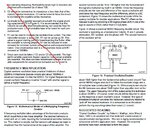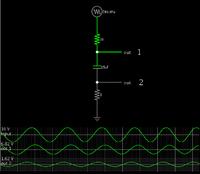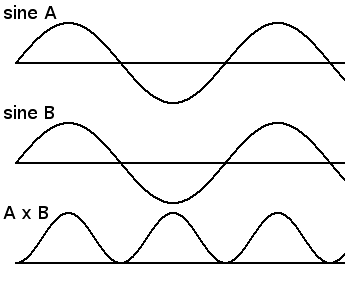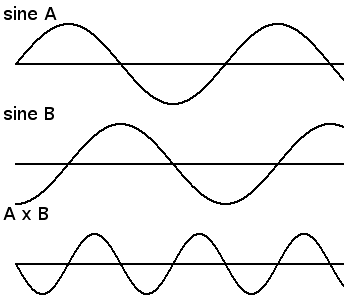kripacharya
Banned

I have a 3rd overtone 52.416Mhz crystal (salvaged from an old modem board), and I have the workhorse SA612 gilbert cell mixer ic.
Wanted to make an oscillator of >100Mhz, so I also saw this note AN-1983 where an f x2 method is described near the end.

Now i have the 3rd overtone part working on a breadboard (butler config), but somehow just can't understand how the author in the App Note gets a 90deg phase shift using the R and C feeding the signal back into pin 1.
And of course the output (pin 4) stays rock steady at 52.416Mhz with nothing else visible.
Anyone with insights on how to do this ?
Wanted to make an oscillator of >100Mhz, so I also saw this note AN-1983 where an f x2 method is described near the end.

Now i have the 3rd overtone part working on a breadboard (butler config), but somehow just can't understand how the author in the App Note gets a 90deg phase shift using the R and C feeding the signal back into pin 1.
And of course the output (pin 4) stays rock steady at 52.416Mhz with nothing else visible.
Anyone with insights on how to do this ?




